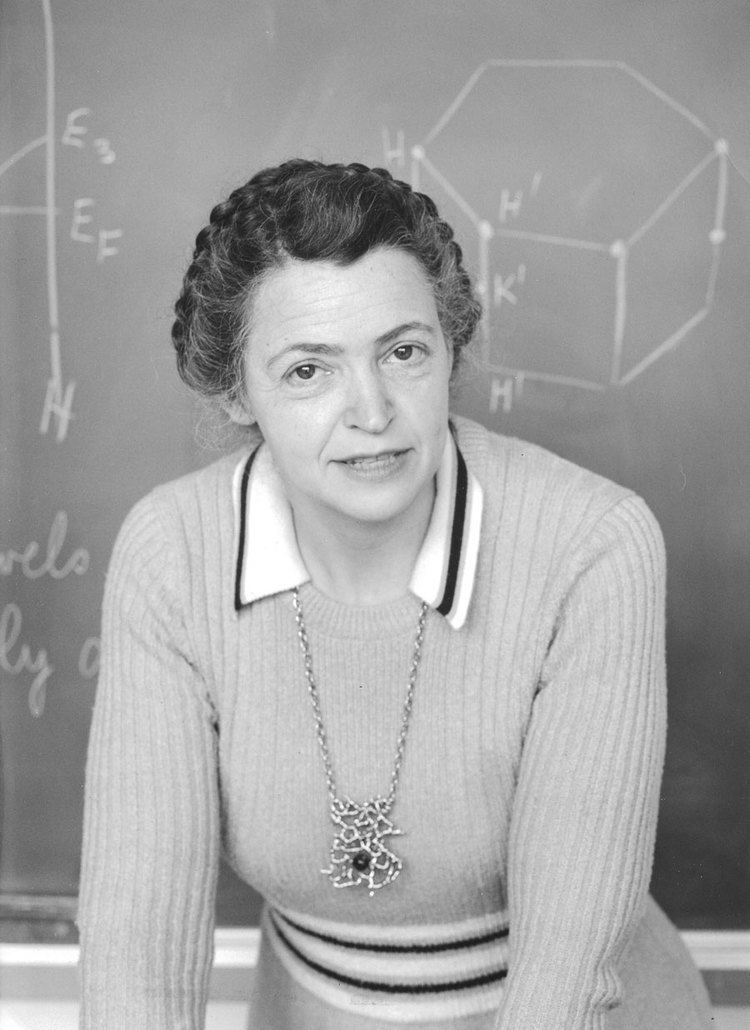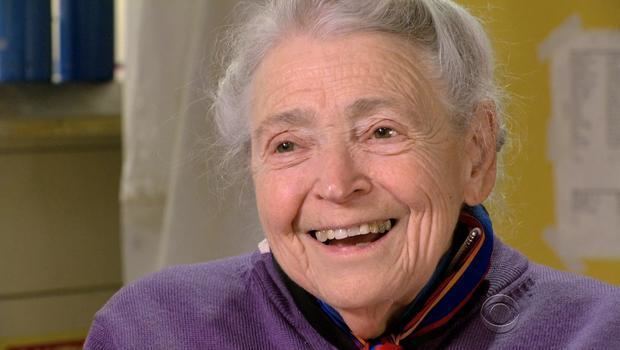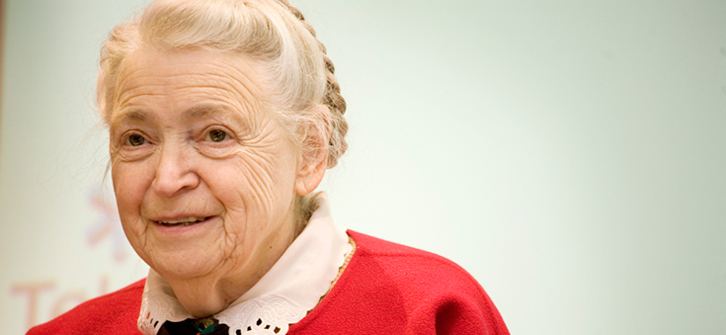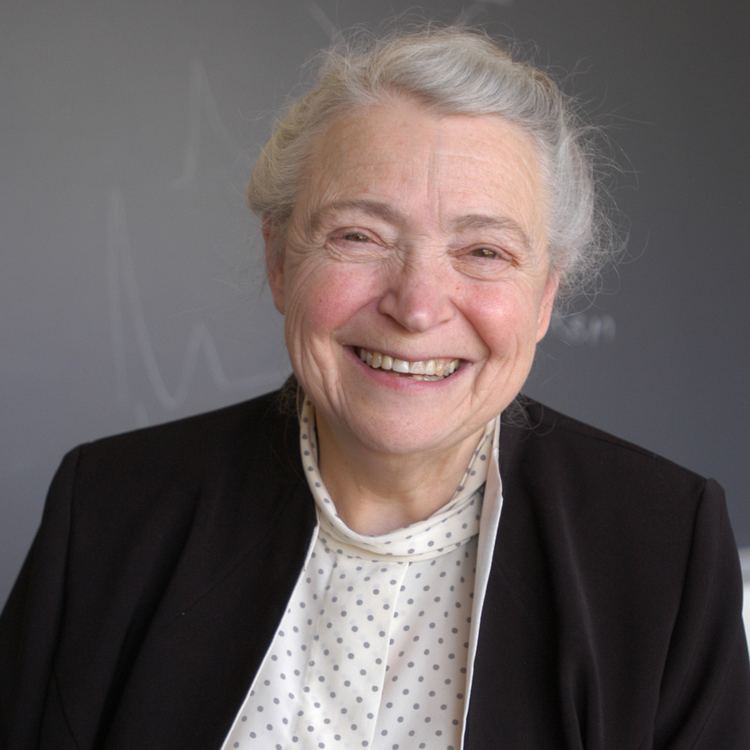Residence United States Institutions CornellMIT Known for Carbon nanotube | Role Professor Nationality American Name Mildred Dresselhaus | |
 | ||
Alma mater Hunter CollegeCambridge UniversityHarvard UniversityUniversity of Chicago Books Science of fullerenes and carbon nanotubes Similar People Enrico Fermi, Margaret Brimble, Andrew Dickson White | ||
Adventures in Carbon Research - Mildred Dresselhaus
Mildred Dresselhaus (née Spiewak; November 11, 1930 – February 20, 2017), known as the "queen of carbon science", was the first female Institute Professor and professor emerita of physics and electrical engineering at the Massachusetts Institute of Technology. Dresselhaus won numerous awards including the Presidential Medal of Freedom, the National Medal of Science, the Enrico Fermi Award and the Vannevar Bush Award.
Contents
- Adventures in Carbon Research Mildred Dresselhaus
- Interview with dr mildred dresselhaus mit at aps march meeting 2013
- Early life and education
- Career and legacy
- Contributions to scientific knowledge
- Personal life
- Honors and awards
- References

Interview with dr mildred dresselhaus mit at aps march meeting 2013
Early life and education

Mildred was born Mildred Spiewak on November 11, 1930, in Brooklyn, the daughter of Ethel (Teichtheil) and Meyer Spiewak, who were Polish Jewish immigrants.

Raised in the Bronx, Dresselhaus received her high school degree at Hunter College High School. She received her undergraduate degree at Hunter College in New York in 1951, and was counseled by future Nobel-Prize-winner Rosalyn Yalow to pursue further education in physics. She carried out postgraduate study at the University of Cambridge on a Fulbright Fellowship and Harvard University, where she received her MA from Radcliffe College. She received a PhD from the University of Chicago in 1958 where she studied under Nobel laureate Enrico Fermi. She then spent two years at Cornell University as a postdoc before moving to Lincoln Lab as a staff member.
Career and legacy

Dresselhaus had a 57-year career at the Massachusetts Institute of Technology. She became a visiting professor of electrical engineering at MIT in 1967, became a tenured faculty member in 1968, and became a professor of physics in 1983. In 1985, she was appointed the first female Institute Professor at MIT
Dresselhaus was awarded the National Medal of Science in 1990 in recognition of her work on electronic properties of materials as well as expanding the opportunities of women in science and engineering. And in 2005 she was awarded the 11th Annual Heinz Award in the category of Technology, the Economy and Employment. In 2008 she was awarded the Oersted Medal, and in 2015 the IEEE Medal of Honor.
In 2000–2001, she was the director of the Office of Science at the U.S. Department of Energy. From 2003 to 2008, she was the chair of the governing board of the American Institute of Physics. She also has served as president of the American Physical Society, the first female president of the American Association for the Advancement of Science, and treasurer of the National Academy of Sciences. Dresselhaus devoted a great deal of time to supporting efforts to promote increased participation of women in physics. In 1971, Dresselhaus and a colleague organized the first Women’s Forum at MIT as a seminar exploring the roles of women in science and engineering.
In 2012 Dresselhaus was co-recipient of the Enrico Fermi Award, along with Burton Richter. On May 31, 2012, Dresselhaus was awarded the Kavli Prize "for her pioneering contributions to the study of phonons, electron-phonon interactions, and thermal transport in nanostructures."
In 2014, she was awarded the Presidential Medal of Freedom.
Dresselhaus' former students include such notable materials scientists as Deborah Chung and James S. Speck and notable physicists as Nai-Chang Yeh, Greg Timp, Mansour Shayegan, Lourdes Salamanca Riba, and Ahmet Erbil.
There are several physical theories named after Dresselhaus. The Hicks-Dresselhaus Model (L. D. Hicks and Dresselhaus) is the first basic model for low-dimensional thermoelectrics, which initiated the whole band field. The SFDD model (Riichiro Saito, Mitsutaka Fujita, Gene Dresselhaus, and Mildred Dresselhaus) first predicted the band structures of carbon nanotubes. The Rashba-Dresselhaus Effect refers to the spin-orbital interaction effect modeled by Gene Dresselhaus, Mildred Dresselhaus's husband.
In 2017, Dresselhaus was the face of a General Electric television advertisement which asked the question "What if female scientists were celebrities?" aimed to increase the number of women in STEM roles in its ranks.
Contributions to scientific knowledge
Dresselhaus was particularly noted for her work on graphite, graphite intercalation compounds, fullerenes, carbon nanotubes, spin-orbit coupling in semiconductors, and low-dimensional thermoelectrics. Her group made frequent use of electronic band structure, Raman scattering and the photophysics of carbon nanostructures. Her research helped develop technology based on thin graphite which allow electronics to be "everywhere," including clothing and smartphones.
Personal life
She was married to Gene Dresselhaus, a well-known theorist. They had four children: Maryann, Carl, Paul, and Elliot; and five grandchildren.
